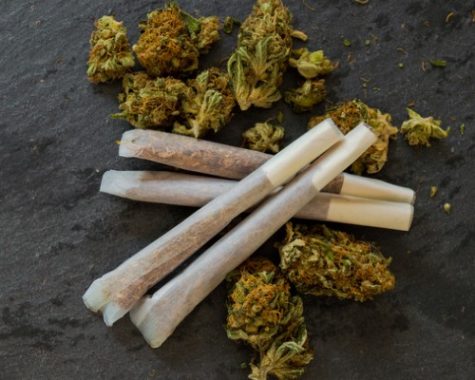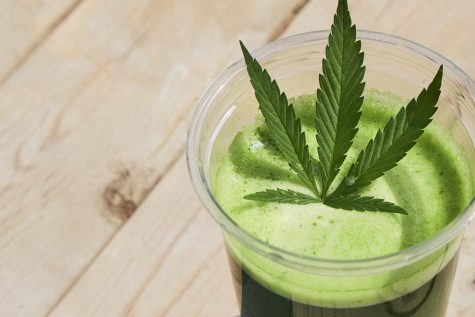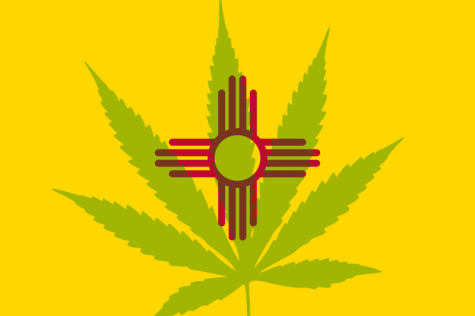Cannabis concentrate sales jumped more than 40 percent between 2019 and 2020
Sales of cannabis concentrates in the United States soared more than 40 percent last year. This is according to analysts at Seattle-based data analytics firm Headset, who have shared an intriguing snapshot spotlighting this transformational segment of the legal cannabis market.
Not only did cannabis concentrates account for more than 40 percent of the U.S. market’s sales last year but also, these types of products – which are renowned for being highly potent – gobbled up a pretty hefty share of the market as a whole.
Unsurprisingly, the coronavirus pandemic is pushing consumers down different consumption avenues. After all, this respiratory illness attacks the lungs. Moreover, with a vape-lung crisis erupting across the U.S. between 2019-2020, consumers are shifting towards concentrates that can be “dabbed”, including hash, shatter and wax.
Analysts also attribute the rising popularity of cannabis concentrates to the fact that technology is allowing consumers to enjoy the herb discreetly, on the move and with a variety of gadgets. Nonetheless, the team noted that wholesale prices are increasing in sync with the increasing buyer demographic.
Sales of cannabis concentrates surged 40.5 percent in 2020
As the coronavirus pandemic heated up last year, so did the U.S. cannabis concentrates market. From January to November 2020, sales of cannabis concentrates climbed 40.5 percent across the adult-use sectors in California, Colorado, Nevada and Washington. Also included in the sales spike were transactions made through Oregon’s recreational and medical markets.
Last year’s figures are a comparison between sales figures that were published during the same period in 2019. The latest data suggests that total sales of concentrates surged from $567 million in 2019 to $797 million in 2020. Additionally, data for the aforementioned states shows that the average wholesale item price for concentrated cannabis products spiked 7.3 percent during the same time period — growing from $18.35 in 2019 to $19.68 in 2020.
Headset analysts define a cannabis concentrate as “a product mechanically or chemically derived from cannabis with a higher cannabinoid potency than the original plant material, usually intended for smoking or vaporizing.”
Some of the most commonly sold products include Badder, Budder, Crumble, Crystalline, Distillate, Hash, Kief, Live resin, Oil Rosin, Shatter and Wax; vapor pens were separately categorized and therefore data for such products was not included in Headset’s analysis.
One of the primary growth drivers for sales of cannabis concentrates, say the team, is that consumers are opting for one-gram packages instead of half-gram packages. The team came to this conclusion after analyzing unit sales of one-gram packages, which constituted 90 percent of all concentrate sales in December 2019, before increasing to 96 percent in December 2020.
Cannabis concentrates become more appealing as consumption habits change
The maturance of the legal cannabis sector brings changes in consumption habits. Since cannabis concentrates usually contain upwards of 75 percent – often as much as 95 percent – THC (tetrahydrocannabinol), buyers in this segment are usually more seasoned smokers than, say, flower consumers, which contain 20 percent-35 percent of the psychoactive compound.
Furthermore, appealing innovations in technology are encouraging more consumers to try cannabis concentrates. For example, technology is becoming portable, handheld and more convenient than ever before. Since consumers can easily carry one-gram jars in their pocket, sales are increasing in correspondence with the popularity of new consumption tools.
Plus, recent health scares – including coronavirus and the vape crisis – have made consumers feel overly cautious about inhaling solvents. As a direct effect of this, demand for solventless and additive-free extracts like live rosin and resin has gone through the roof. Not only do these products offer a cleaner method of inhalation but also, they typically contain a broader scope of plant-derived compounds, such as cannabinoids and terpenes.
By the year 2026, Indian market research organization Facts and Factors pins a $5.9 billion valuation on the global cannabis concentrates market.












